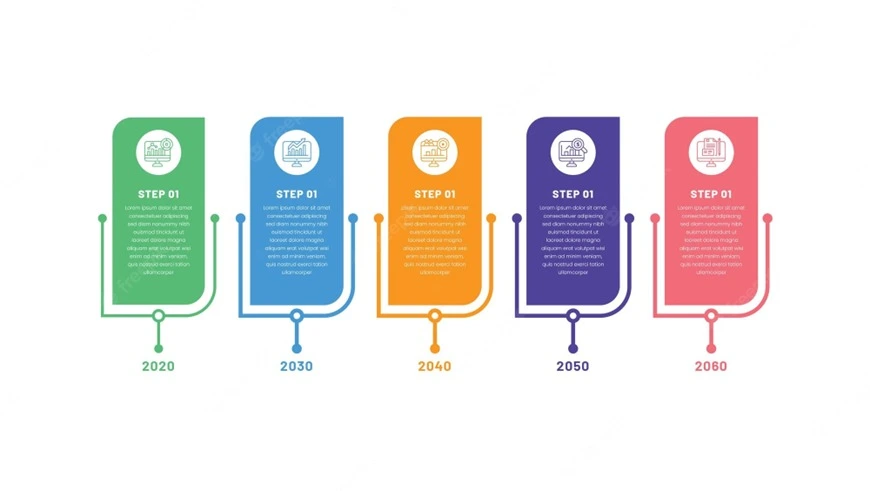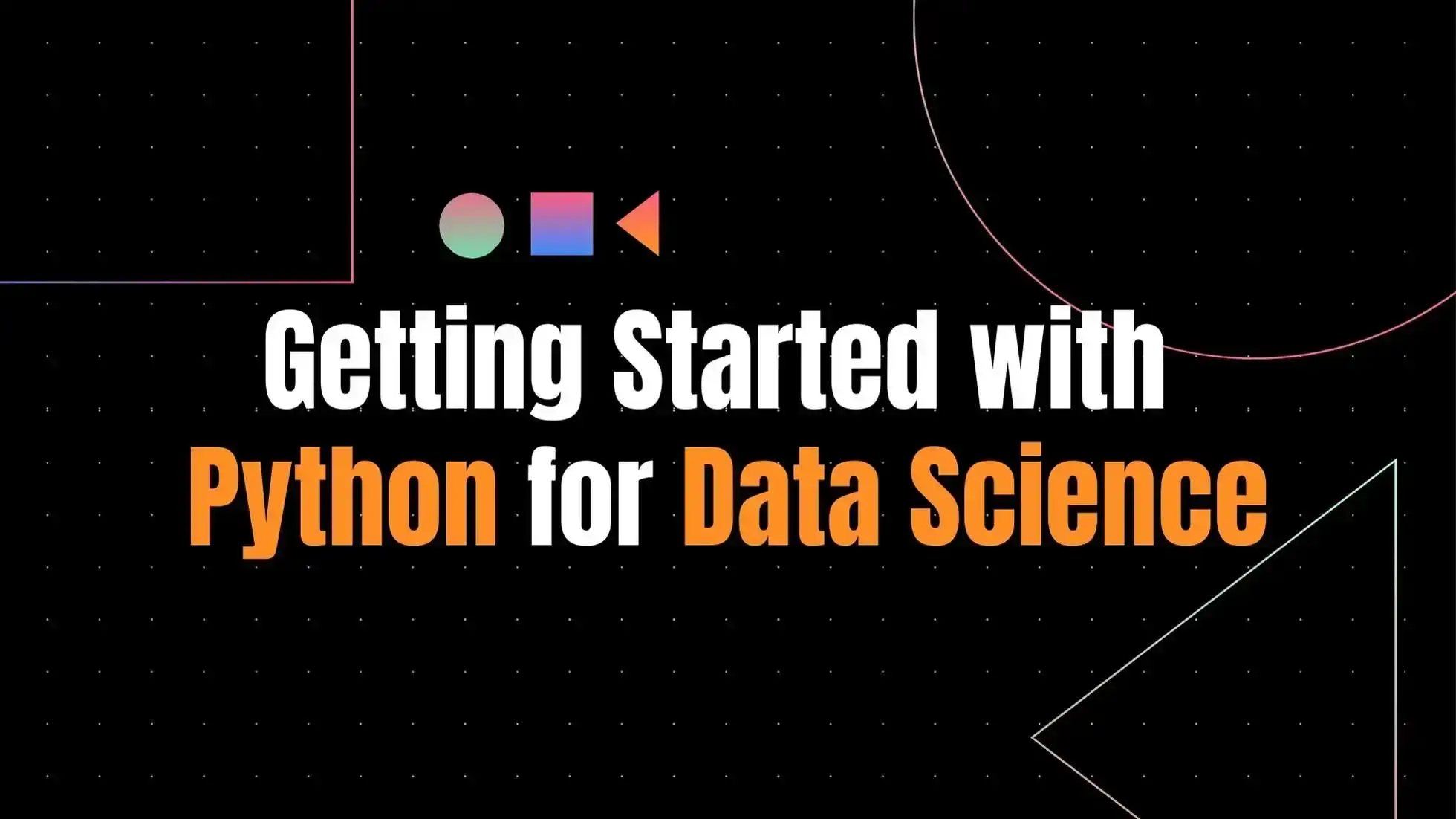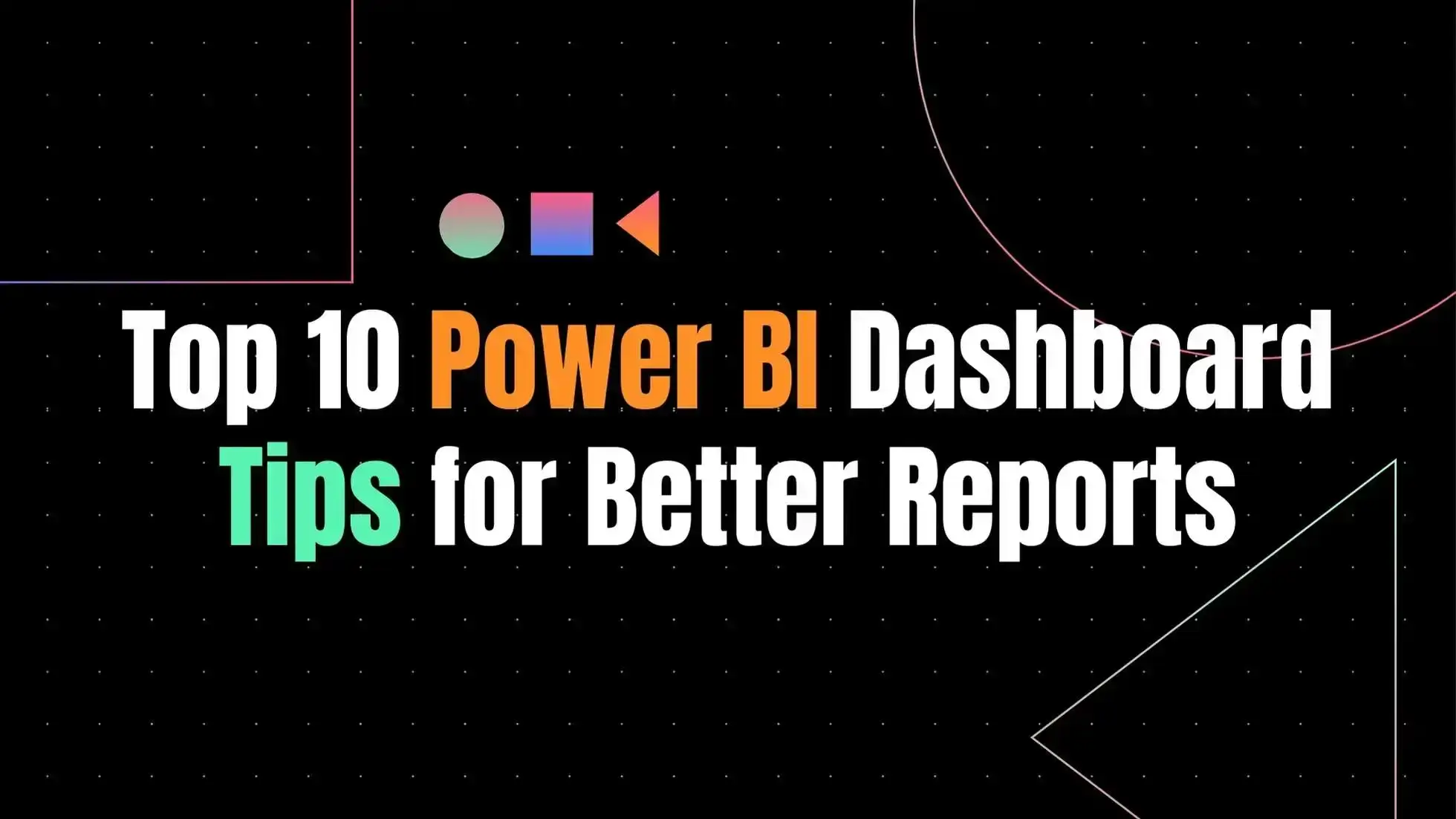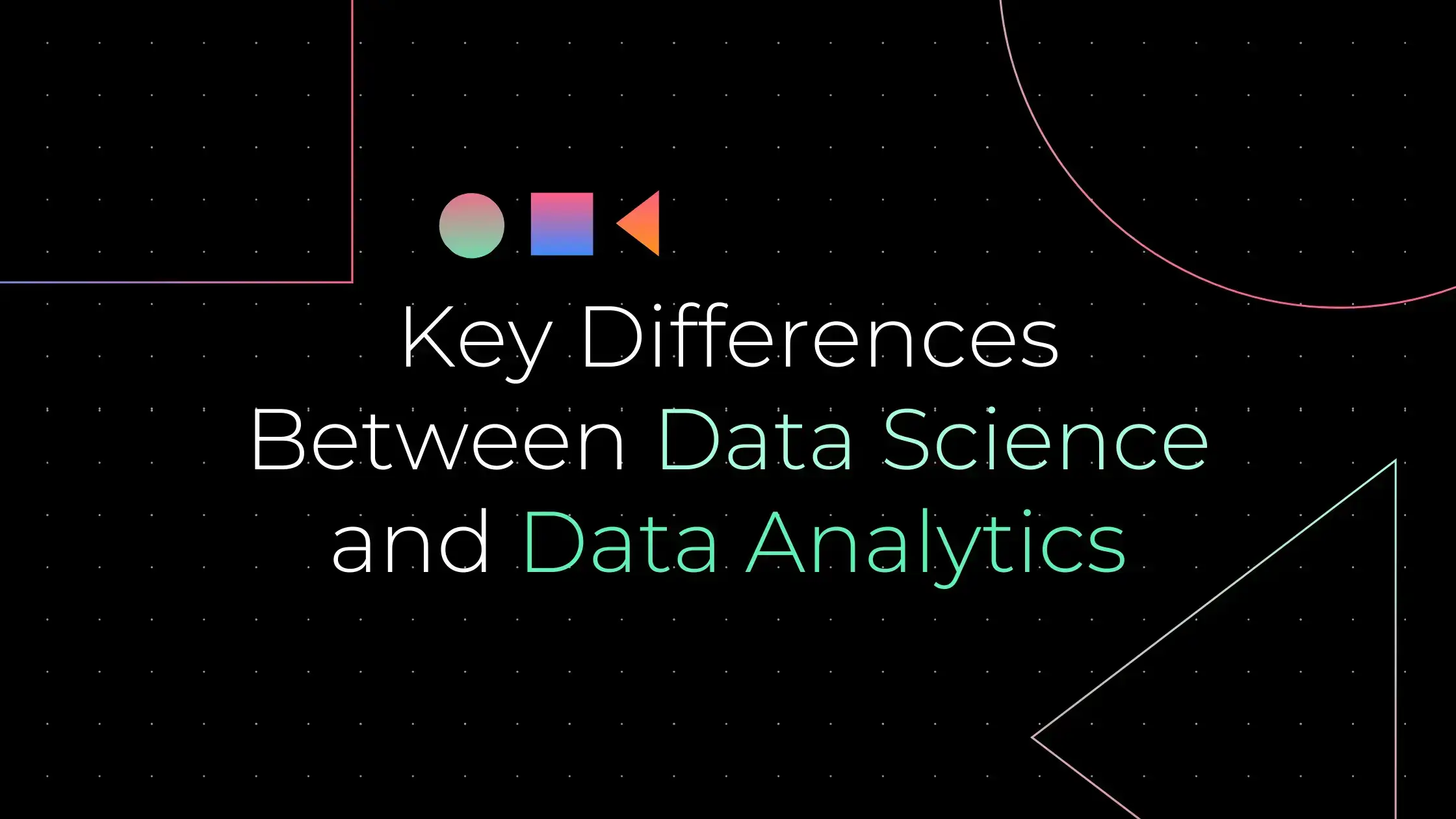The term ‘big data’ has become a catch-all phrase for everything that falls under the umbrella of data analytics and data science. In many ways, ‘big data’ has been overhyped. It doesn’t always require advanced analytical techniques to derive value from it, and businesses can crunch pretty much any quantity of information if they are prepared to invest in the necessary infrastructure and technology first.
But what we often overlook is the fact that big data is just one part of the broader business intelligence (BI) landscape. Business Intelligence is also commonly referred to as enterprise intelligence, operational intelligence, or insight management; it is a collection of technologies and techniques designed to optimize business performance by gathering, analyzing, and interpreting information related to past performance and anticipated future needs.
What does business intelligence actually do?
Business intelligence can be used to gather, analyze, and visualize data from a variety of sources. Using BI tools and techniques, data can be gathered in a standardized manner and then combined in a centralized system so it can be accessed, visualized, and analyzed by a wider range of users, including non-IT personnel. Most of the time, organizations use BI to track operational performance, such as sales, inventory, and customer metrics.
Other examples include financial forecasting and supply chain optimization. BI can also be used to monitor customer engagement and help companies track their brand perception through social media and other public forums. These are just a few examples of the ways in which BI can be used to draw value from data. The defining attribute of BI, however, is its scalability: it can be used to manage small datasets and large volumes of information, which makes it ideal for businesses of all sizes.
BI Tools and Techniques
- The tools and techniques used to implement and manage business intelligence varies depending on the tools used and the scale of the project. The tools are chosen according to the data that needs to be analysed and the requirements of the company. There are different types of tools and techniques used in business intelligence: –
- Data Acquisition – These are the tools and techniques used to collect and load the data that needs to be analysed.
- Data Transformation – These are the tools and techniques used to cleanse and reshape the data that has been acquired.
- Data Analysis – These are the tools and techniques used to identify trends and patterns in the data.
- Reporting – These are the tools and techniques used to create visual representations of the data that has been analysed.
- Data Visualization – These are the tools and techniques used to create interactive visualizations that allow the user to explore the data.
Key benefits of Business Intelligence

- Access to Insightful Information – Business intelligence provides access to insightful information that can be used to make data-driven decisions in the areas of strategy, operations, sales, marketing, and other areas of business.
- mproved Decision Making – Business intelligence tools such as dashboards and visualizations make it easier for users to access and interpret data, allowing them to make more informed decisions.
- Data Standardization – Business intelligence tools standardize data, which makes it easier to combine data from different sources, like systems and databases. This enables a broader range of users to access and analyse data.
- Collaboration – Business intelligence tools facilitate collaboration, which allows teams to work together to analyse data and draw insights from it.
- Cost Efficiency – Business intelligence tools can be used to efficiently analyse large volumes of data, which can result in cost savings.
- Visibility – Business intelligence tools provide visibility into company performance, which can help identify areas for improvement.
Limitations of business intelligence
- Lack of Data Investment – If the data required for business intelligence isn’t readily available, it can be challenging to derive insights from it. This is especially true if the data isn’t reliable: inaccurate or dirty data can create false insights, resulting in poor decision making.
- Lack of Expertise – If there isn’t an internal team with the skills to analyse the data, it can be challenging to drive value from it. This is especially true if the data isn’t structured or standardized: without an appropriate data structure, it can be difficult to analyse large volumes of data and draw insights from it.
- Lack of Standardized Tools – If the tools and techniques used to implement and manage business intelligence aren’t standardized across the organization, it can be challenging to share data and insights across the company. This is especially true if the data isn’t structured: without an appropriate data structure, it can be difficult to share it across the organization.
- Insufficient Training – If employees aren’t adequately trained in business intelligence tools, it can be challenging to derive value from the data. This is especially true if the data isn’t standardized: without an appropriate data structure, it can be difficult to share it across the organization.
Key takeaways
With the advent of more powerful computers and more robust analytical techniques, the term ‘big data’ has been overhyped in many ways. While businesses can crunch any amount of information if they’re prepared to invest in the necessary infrastructure and technology, the term ‘big data’ is often used to describe other types of business intelligence projects. Business intelligence is a collection of technologies and techniques designed to optimize business performance by gathering, analysing, and interpreting information related to past performance and anticipated future needs. Business intelligence can be used to track operational performance, such as sales, inventory, and customer metrics, as well as financial forecasting and supply chain optimization. Business intelligence can also be used to monitor customer engagement and track a company’s brand perception through social media and other public forums.







